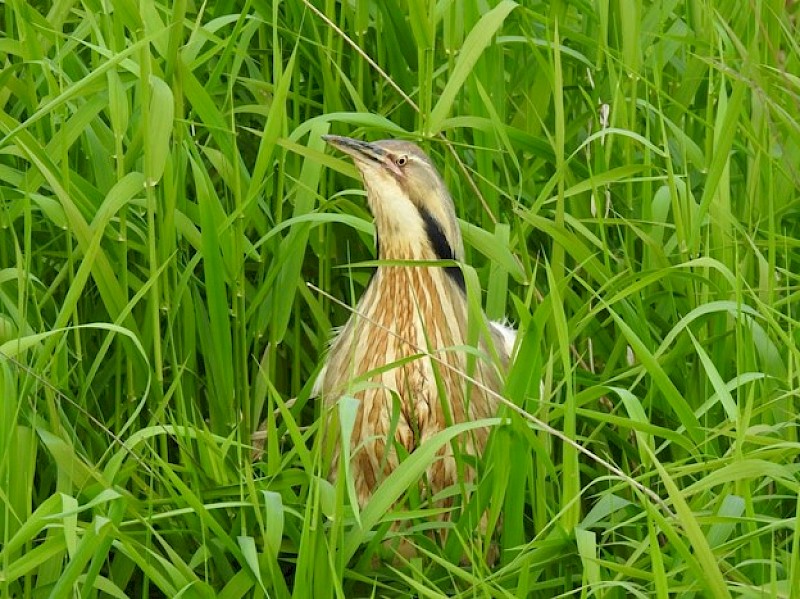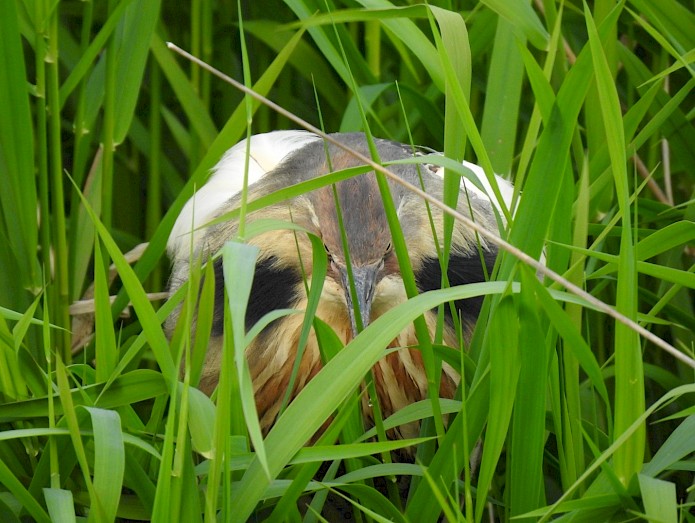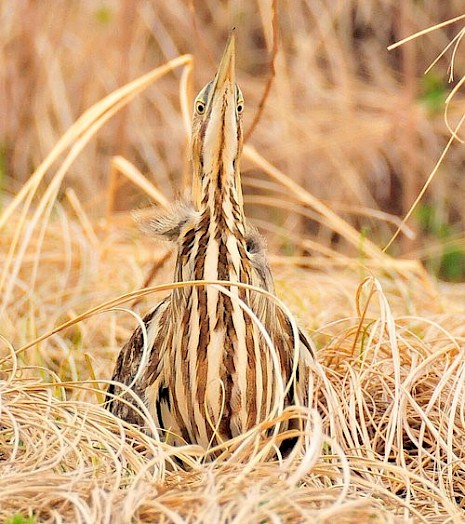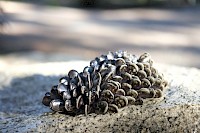BC Parks Foundation
Things aren't always how they SOUND
August 11, 2021
Things aren't always what they sound like.
Author: Sandra Al-Samman, Discover Parks Ambassador, summer 2021
As a Discover Parks Ambassador working for the BC Parks Foundation, I spend my weekends in our beautiful BC Provincial Parks. It’s great being outdoors and I get excited when I can point out local wildlife to interested visitors. I have always been an admirer of animals. I’ve had them as pets, obsessively read many encyclopedia entries about them, watched a plethora of documentaries, and recently have been photographing them.
Fellow bird watchers: When was the last time you heard the unfamiliar call of a bird? Did you get the same burning desire that I get, to learn its identity and get a glimpse of it? Being an amateur bird photographer, I experience that feeling quite often.
Funnily enough, one such intriguing call did not elicit that reaction. Why, you wonder? Well, I didn’t think the sound was anything a living organism would produce. Here, have a listen.
My initial thoughts were that there was some malfunctioning watering equipment nearby within Colony Farm Park but then I found the critter responsible. Here it is:

So, what is that? As a Discover Parks Ambassador, I have been promoting iNaturalist, which can take any photo of a living organism and tell you what it may be. It has a sophisticated algorithm that produces impressively correct identifications.
American Bittern is the common name of this weird bird. Botaurus lentiginosus is its fancy Latin name. This impressive bird lives in one of the Parks I work at, Golden Ears Provincial Park. Knowing this, I started looking past the name and into habitat and biology.
The dripping stalactite sound (as a friend had described it) is made by inflating the esophagus with air then unleashing the stored air with sharp head bobs. I was sad to see that the American Bittern is blue listed on BC's Provincial list of species at risk due to habitat loss. It lives mainly in large marshes and wetlands: structures that are often filled in due to human development. Its diet consists of a variety of organisms such as insects, amphibians, crayfish, crabs, garter snakes, small fish, and rodents. Vole seems to be a favorite.
Interestingly the different shades of brown stripes along its neck help with camouflage. When it senses danger, it stretches its long neck, points its beak to the sky, and prays it looks like the reeds it lives amongst. I think it does a wonderful job of that when it's in the middle of a thicket of brown reeds.

American bittern, photo by USFWS Mountain-Prairie
If you find yourself visiting Golden Ears during the summer and you come across this wonderful bird, be sure to share your encounter with us orange-shirted Discover Park Ambassadors. Maybe with enough awareness we can make sure this bird stays around in BC for future generations to spot and marvel at.
Love this? For more inspiring stories about conservation wins, community efforts, and ways you can help protect nature, subscribe to our newsletter today.
Similar Stories
-
 March 26, 2020
March 26, 2020
At Home Picnic: Give your party a theme
-
 October 30, 2024
October 30, 2024
Art Born From a Heatwave
-
 August 7, 2025
August 7, 2025
Icy Initiative offers a new way for visitors to help monitor Canada’s glaciers in national and provincial parks
“BC's parks are quite simply wonders. They are places of majesty and beauty. They are gathering places for families and communities. They are engines of our economy in attracting millions of tourists to our province. And they are sanctuaries to millions of plants and animals, creating the biodiversity that gives British Columbians the clean air and clean water so vital to our healthy existence.
”